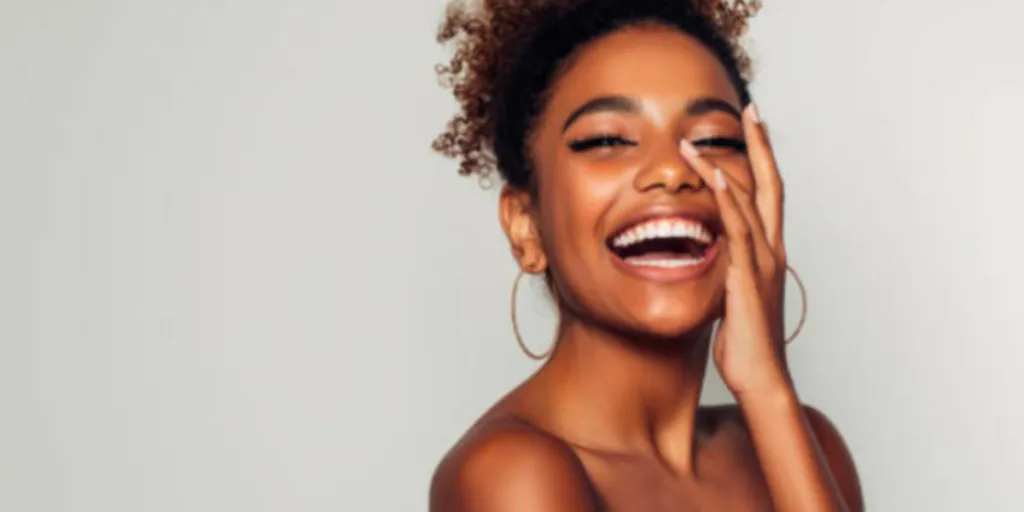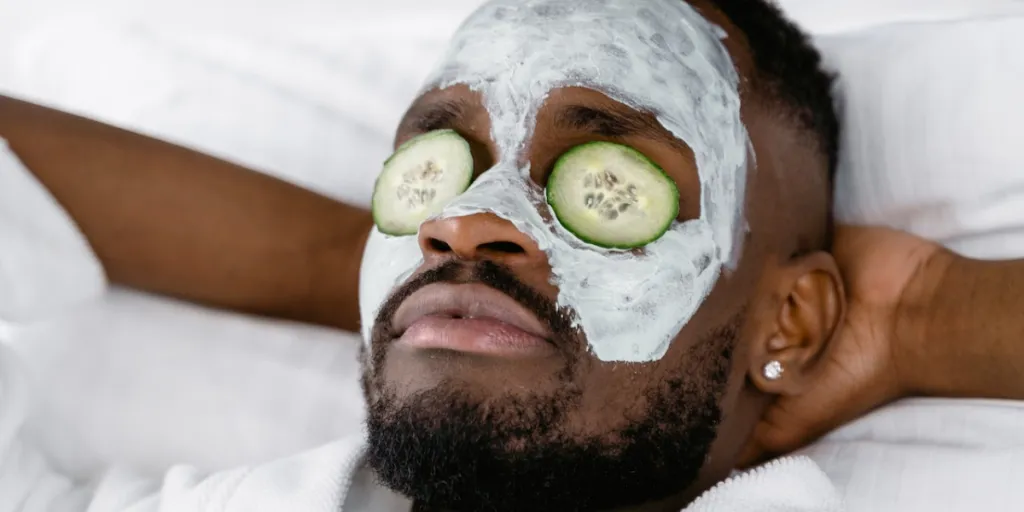Faced with chasing the ever-evolving beauty industry, it has become increasingly important for businesses to understand what their target consumers believe and where they place importance. These are increasingly summarized and represented by various beauty personas, from those who prioritize practicality to individuals who use beauty as a creative outlet.
By understanding these personas, brands can stay ahead of the curve and tailor their sales and marketing strategies to match their customers’ needs. Read on to explore six consumer profiles that are gaining traction in the current market.
Table of Contents
Why beauty personas are important to the market
6 emerging beauty personas
Staying in the know
Why beauty personas are important to the market
Beauty personas are gateways that brands can use to target specific consumer groups and introduce products that are relevant to them. When targeting consumers, these brands not only consider demographic data and gender but also the customer’s consumption values.
These personas define what product segments are relevant for the brand’s marketing strategy, which also provides insight into what product categories may experience growth at any given time.
In 2019, the global market for cosmetics reached US $380.2 billion, a figure that is anticipated to grow to US $463.5 billion by 2027, a compound annual growth rate of 5.3% from 2021 to 2027. Personas who value sustainability and project a “natural” look are currently driving the market, aligning their principles with a clean-and-green outlook and further establishing the pursuit of a “healthy” lifestyle as a significant purchase driver.
A deep understanding of these personas helps you and your brand to align products to better connect with your target buyers. This hopefully not only leads to increased sales but also helps to establish brand loyalty.
6 emerging beauty personas
Skintentionals
Consumers who focus on the emotional, mental, and physical aspects of beauty are called skintentionals, a combination of the words skin + intentional. For these individuals, their product choices and beauty routines serve a practical purpose that benefits their overall well-being.
Particularly, they are looking at brands and products that provide a sense of self-love and self-care – not just as an advertising claim but also in terms of formulations. Therapeutic skin care with healthy ingredients is a good example of this. It’s worth noting that skintentionals are well-informed as they do their research before making purchases.
This persona isn’t bound to just one gender but rather applies to all, and their interests manifests in products such as all-inclusive hydrocolloid patches and multi-purpose serum foundations, which also promote skin care. Skintentionals are also willing to pay extra for additional value and personalization.
Techsperts
Consumers dubbed techsperts (from tech + experts) tend to chase techy and advanced beauty tools. The main reason behind this is that they want to take their beauty rituals to the highest possible level, pairing their creams and topicals with electronic equipment that result in an overall supercharged effect.
Some techsperts like to use mesotherapy devices, which help to infuse their skin with vitamins and enzymes. And while they’re interested in such innovative tools, these consumers are also concerned about efficacy and cleanliness. As such, they’re willing to invest in premium and professional-grade solutions despite potentially wallet-busting costs.
Neck and face lifters are also popular items among techsperts, especially Gen Xers, who are often well-informed about new beauty devices. These aspects aside, personalization also plays a key role in their purchases, and some may even use AI-driven makeup simulators to suggest products before they buy their eyeshadows and eyebrow pencils.
ReGens
With a focus on more than just sustainability, ReGens (from the word regeneration) look for beauty products and services that contribute to restoring environmental health. They tend to avoid items made of purely natural ingredients, resulting in a rise in demand for synthetic and lab-grown elements.
Supply chain transparency plays a key role here, as these individuals are eager to know where components of a certain product have come from before purchase. For example, they might choose lip essences with synthetic vitamin C over those made with the vitamin’s natural counterpart.
Synthetic fragrances that deliver good quality have also seen an increase in demand in accordance with these principles. ReGens appreciate brands backed by certifications and also have no problem with paying higher prices, especially since synthetic ingredients tend to cost more.
Skinics
Skewing to the beauty industry’s more political tendencies, skinics play a key role in breaking beauty standards and representing underrepresented communities. To be specific, they appreciate brands that take tangible steps to achieve change, and avoid those that only use sentiment-driven advertising.
Skinics look for apt cultural appreciation in their industry, for example, using traditional shea butter for skin care, which originates from African culture. Skinics also place value on transparent supply chains, with an emphasis on cost breakdown, materials sourcing, and operations.
Individuals from Gen Z, considered a particularly socially-conscious or “woke” generation, primarily makes up this persona. They also help make the beauty space all-inclusive, welcoming those from the wider gender spectrum as well as from the Black, indigenous, and people of color (BIPOC) community. This inclusivity can be seen via an increasing demand for tinted foundations for darker skin and unisex products.
Preservationists
Appreciating efforts to preserve the environment’s natural resources, preservationists tend toward locally produced and ethically sourced beauty products. They look for brands that espouse minimal carbon emissions (from transportation and shipping) and also restrictions on the number of resources harvested for each product batch.
Small-batch productions are also well-received among people of this persona, which ensures product potency. Handmade crafts and seasonal releases keep offerings fresh and cultivate curiosity. Eco-friendly supplies such as refillable beauty products are gaining traction among preservationists.
Aside from biodegradability and recyclability, upcycling of products is also a point of attention for these individuals. A good example of this is the trend of brands using grapes processed for winemaking to create fragrances. This leads to virtually no waste at all as they are brought to their full potential.
Chameleons
Consumers dubbed as chameleons are those who like to adopt several looks that embody the multifactes of their creative self, using beauty as a way to express their emotions and sentiments. More often than not, they go for anti-perfectionist styles, which emphasize their love for creativity over existing beauty standards.
Aside from basic care, chameleons are also looking for broad-palette makeup sets, which allow them to explore various colors and looks. It’s worth noting that they’re happy to pay significant amounts to achieve their preferred aesthetics. Some might also use AI tools to supplement their creativity to achieve otherworldly appearances.
In relation to complex and mesmerizing makeup, these individuals also value quality makeup removers. This shows that skin care is still an important facet for them, which comes from the fact that they’re usually from Generation Z.
Staying in the know
In a constantly evolving beauty industry, it’s essential for businesses to keep up with their target consumers’ changing preferences and beliefs.
By understanding emerging beauty personas and what they prioritize, brands can tailor their products and marketing strategies to meet their customers’ needs.
Whether your consumers value practicality or creativity, staying ahead of the curve is key to staying relevant in the industry. Don’t miss out on the opportunity to differentiate your business and build lasting customer connections.




